Table of Contents
Introduction
Monstera plants are popular among plant enthusiasts due to their unique appearance and relatively low maintenance needs. While fertilizing may seem easy many plant owners make mistakes that can hinder their Monstera’s development. In this blog, Xanh Xanh Urban Forest will explore the common mistakes in fertilizing Monstera plants and how to avoid them, ensuring your plant thrives.
Common mistakes when fertilizing your Monstera plants
1. Over-fertilizing
One of the top mistakes plant owners make is giving their Monstera plants too much fertilizer. A common misconception is that increasing fertilizer will result in quicker plant growth, but this is not accurate. Excessive fertilization causes salt buildup in the soil, which can damage roots and lead to leaf scorch. The plant might look sick in general and its leaves could start to change color to yellow.
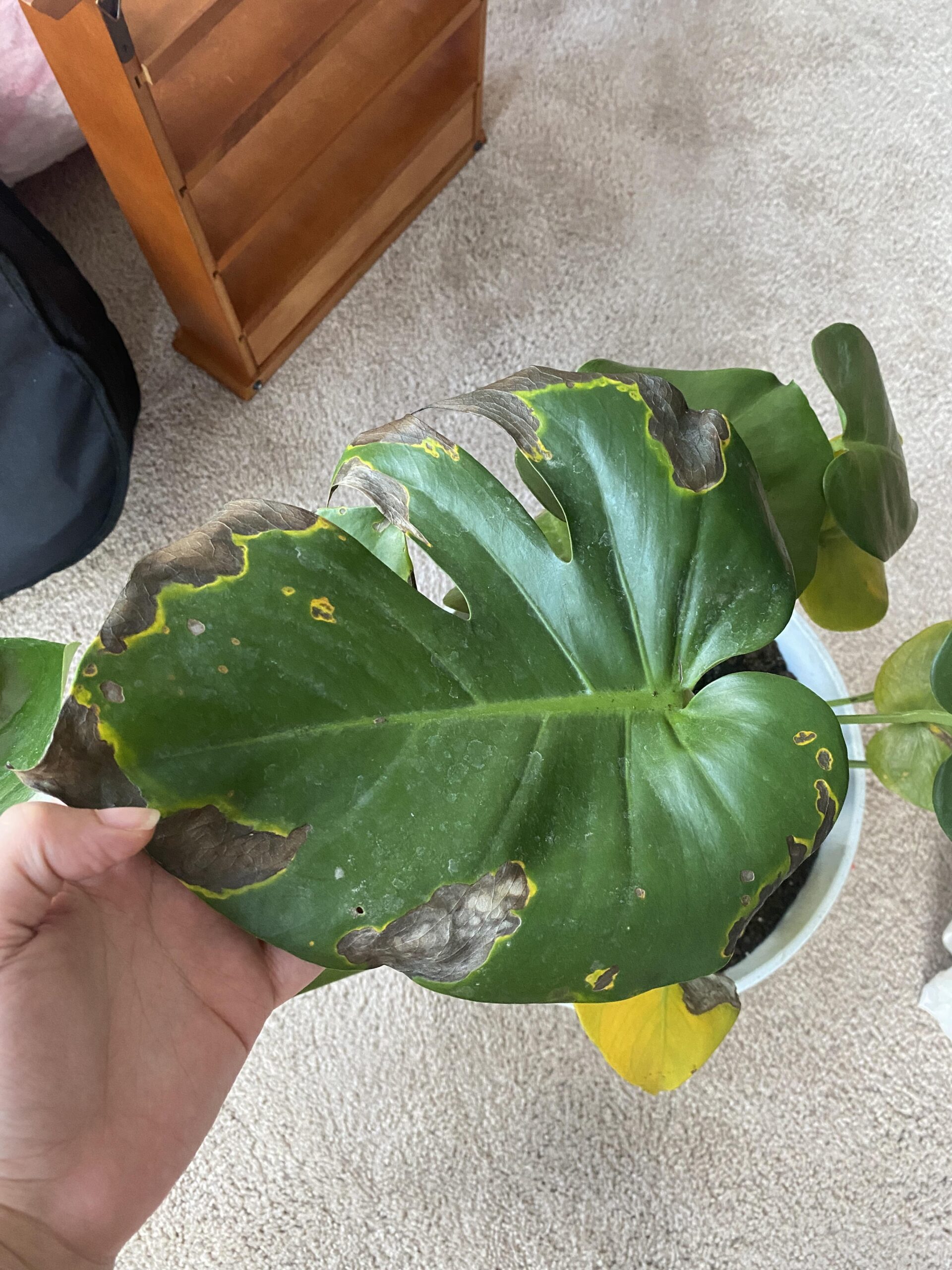
How to avoid it:
Fertilize your Monstera only during its active growing season (spring and summer) and reduce or stop feeding in fall and winter. Every four to six weeks, apply a half-strength solution of liquid fertilizer that is balanced. Your fertilization plan can be modified by keeping an eye out for symptoms of overfertilization, such as yellowing leaves.
2. Using the wrong type of fertilizer
Not all fertilizers are created equal, and using the wrong type can cause more harm than good. Many beginners use fertilizers meant for other plants without checking whether it’s suitable for Monsteras. Fertilizers with too much nitrogen, for instance, can promote leaf growth at the expense of the plant’s root development.
How to avoid it:
Choose a balanced, water-soluble fertilizer that contains equal parts of nitrogen, phosphorus, and potassium (NPK ratio of 20-20-20 or 10-10-10). This ensures your Monstera gets the nutrients it needs without overloading on any one element.
3. Fertilizing at the wrong time
Fertilizing your Monstera plant during its dormant season, which falls in the fall and winter, is another frequent problem. Because the plant isn’t actively growing, fertilizing it excessively could make the soil too nutrient-rich.
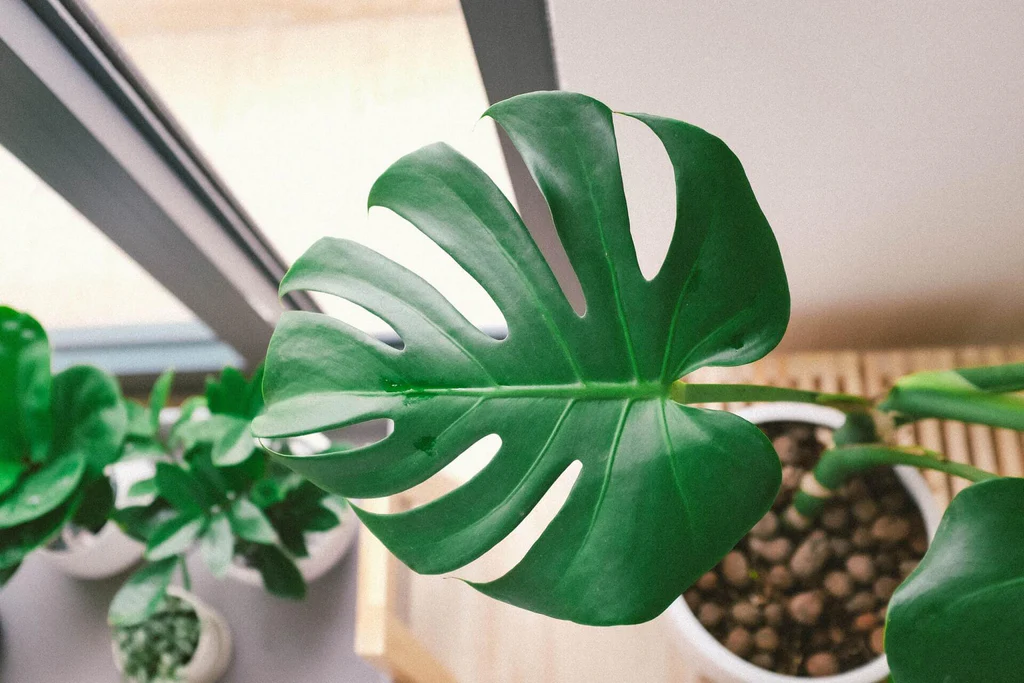
How to avoid it:
Monsteras grow most actively in the spring and summer. This is the ideal time to fertilize. As the days get shorter in the fall, reduce the frequency of fertilization, and stop altogether in the winter. Resuming in the spring will better align with the plant’s natural development cycle and boost its ability to absorb nutrients.
4. Not diluting fertilizer
Application of fertilizer straight from the container without diluting it is a another mistake that could damage your Monstera. Undiluted fertilizer is often overly strong and can burn the roots, leaving the plant stunted or even dead.
How to avoid it:
Always dilute your fertilizer to half-strength. Even if the label on the fertilizer package suggests using it at full strength, diluting it will help prevent root burn and other issues. Monsteras are slow to moderate feeders, so they don’t need a heavy dose of fertilizer to thrive.
5. Ignoring the soil pH
Soil pH plays a crucial role in how well your Monstera absorbs nutrients. Fertilizing without checking your soil’s pH can lead to nutrient imbalances. If the pH is too low or too high, certain nutrients may become unavailable to the plant, no matter how much fertilizer you add.
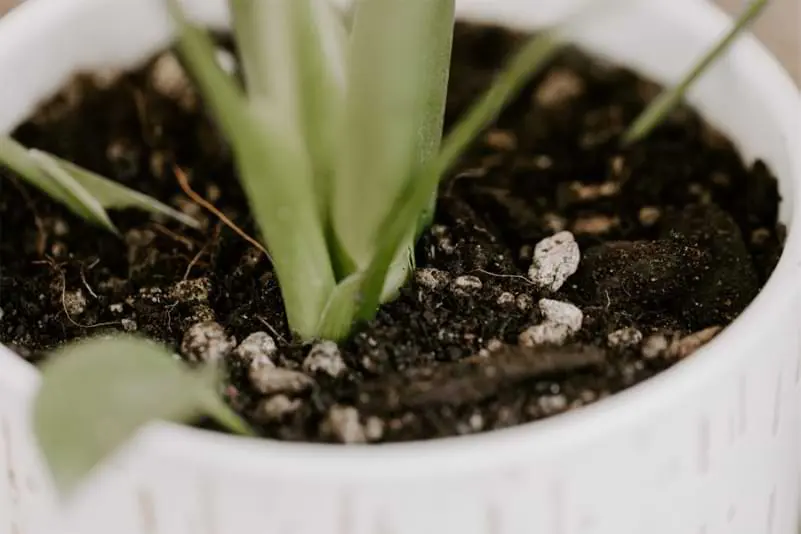
How to avoid it:
Monsteras prefer slightly acidic to neutral soil (pH 5.5-7). You can use a soil pH tester to check the acidity or alkalinity of your plant’s soil. If necessary, you can amend the soil to adjust the pH before fertilizing to ensure your Monstera is getting the nutrients it needs.
6. Fertilizing a newly repotted plant
Another mistake is fertilizing immediately after repotting your Monstera. After repotting, the plant needs time to adjust to its new environment, and adding fertilizer can stress it even more. The roots are often sensitive after being disturbed, and fertilizing can cause them to burn.
How to avoid it:
Wait at least 4-6 weeks after repotting before fertilizing your Monstera. This allows the plant to settle into its new pot and reduces the risk of root damage. During this period, focus on watering and providing proper light rather than adding fertilizer.
7. Not adjusting fertilization based on plant size
As your Monstera grows, its fertilization needs will change. Many plant owners continue to fertilize at the same rate even after their Monstera has grown larger. However, a mature plant in a bigger pot may require more nutrients than a smaller plant.
How to avoid it:
Adjust your fertilizing schedule based on the size and maturity of your Monstera. Larger plants in bigger pots may need more frequent or slightly stronger doses of fertilizer compared to smaller plants. However, always err on the side of caution and avoid over-fertilizing.
8. Not flushing the soil
Salts left over from fertilizers can accumulate in the soil over time, causing poor nutrient uptake and root burn. Soil flushing is often neglected by plant owners as a means of eliminating excess salts from their soil.
How to avoid it:
Every few months, flush your Monstera’s soil by watering it thoroughly until water flows out of the drainage holes. This helps to wash away any accumulated salts and ensures the soil remains healthy for your plant.
Where to buy the Monstera plants?
If you want to buy the Monsteras, there are many options available for you to choose from. They can be found at online stores, garden centers, and neighborhood plant shops. It is strongly recommended that you purchase your Monsteras from Xanh Xanh Urban Forest.
Xanh Xanh offers a wide selection of high-quality Monstera plants at affordable prices. All my plants are grown in the greenhouse that belongs to me and are thoroughly examined prior to being sent out for shipping. We provide a 100% satisfaction guarantee to ensure your happiness with your purchase.
What is the reason for waiting? Purchase your Monsteras right now at Xanh Xanh Urban Forest! You won’t be disappointed.
Final thought
Fertilizing your Monstera correctly is essential to its health and growth, but avoiding common mistakes is just as important. By following these guidelines—using the right fertilizer, timing your feedings appropriately, and adjusting based on your plant’s needs—you can help your Monstera thrive and enjoy its stunning foliage for years to come. Happy gardening!
Xanh Xanh Urban Forest hopes that you found this blog article to be useful and educational. Please use the following to contact us with any questions:

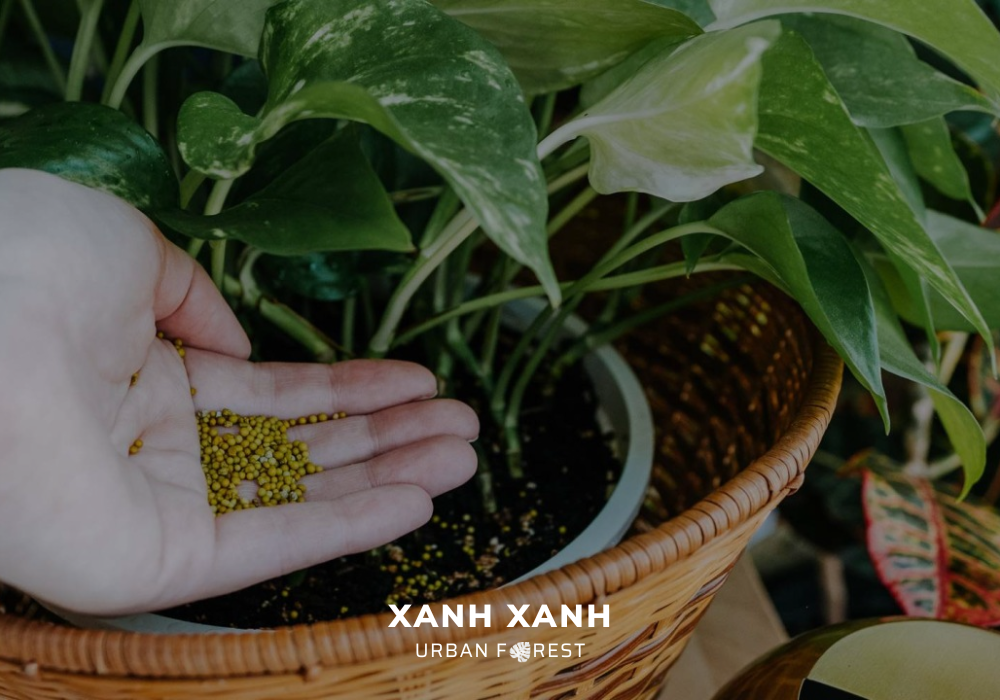
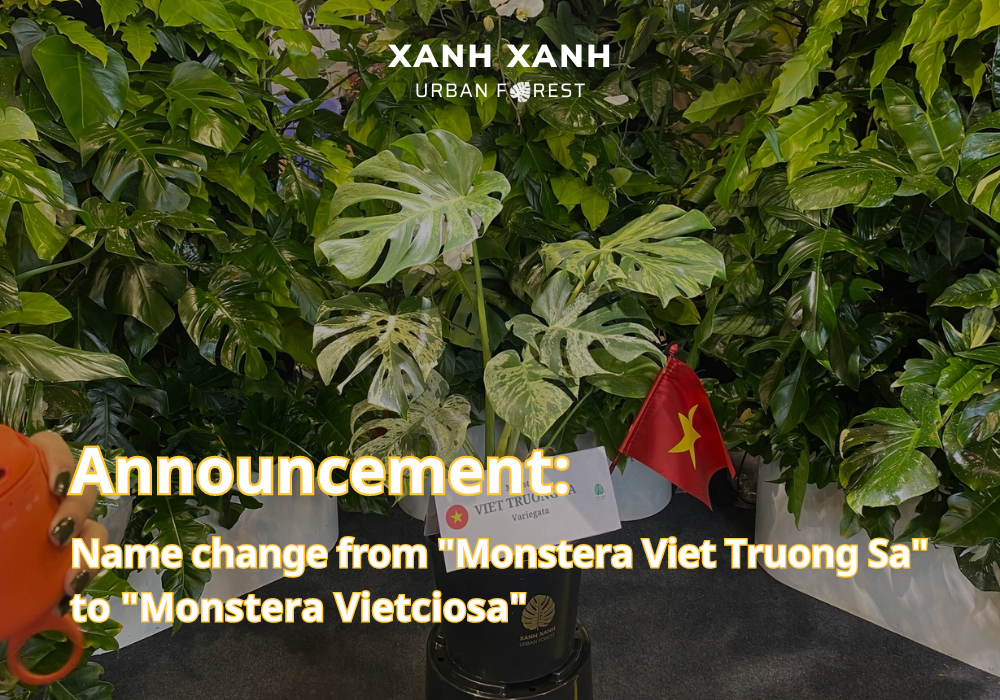
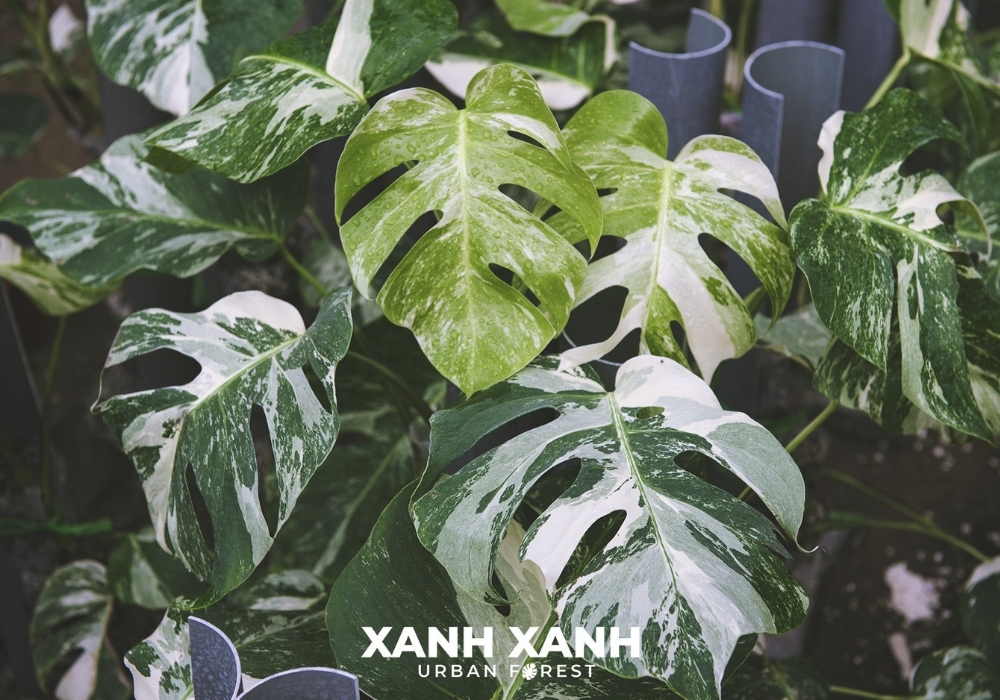

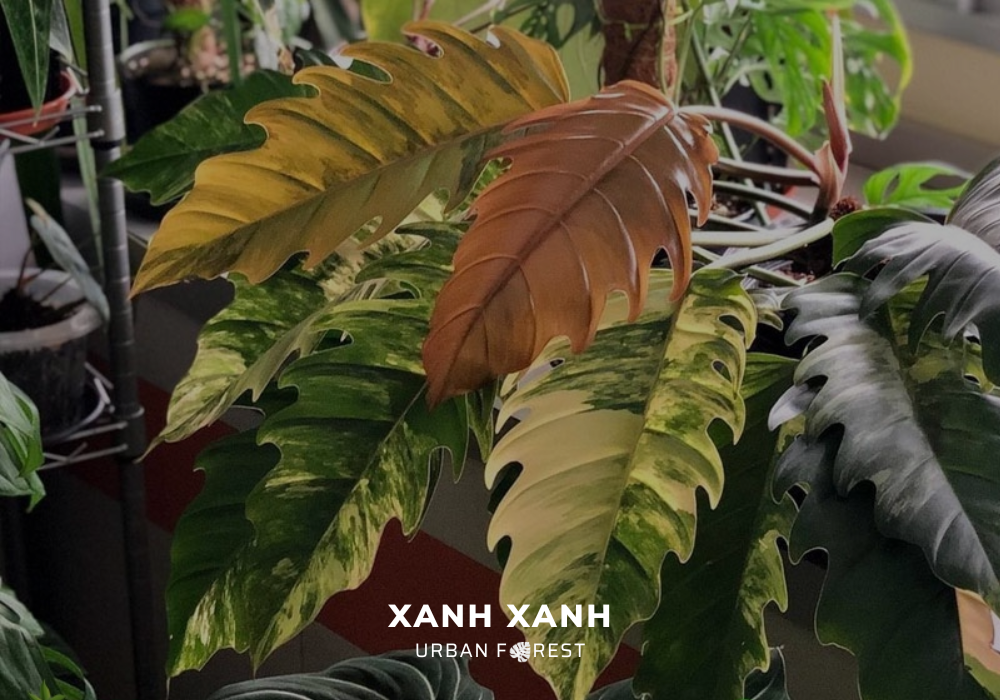
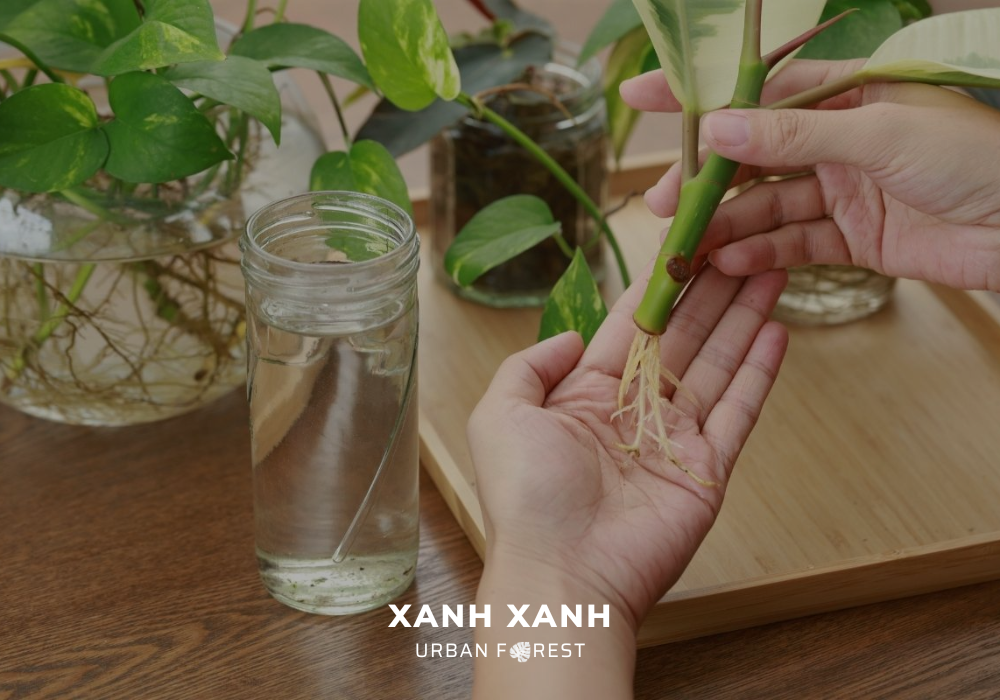
Discover the pros and cons in our Lucky Jet review. From exciting gameplay to payout potentials, we explain everything you need to know about this fast-paced casino game.
GlobalBllog I truly appreciate your technique of writing a blog. I added it to my bookmark site list and will
Keep up the fantastic work! Kalorifer Sobası odun, kömür, pelet gibi yakıtlarla çalışan ve ısıtma işlevi gören bir soba türüdür. Kalorifer Sobası içindeki yakıtın yanmasıyla oluşan ısıyı doğrudan çevresine yayar ve aynı zamanda suyun ısınmasını sağlar.